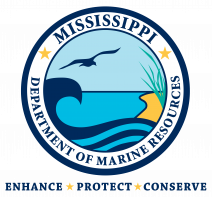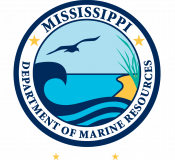SPORT FISH RESTORATION PROJECTS
FISHERIES RESEARCH PROJECTS
- Melody Chaplin, Coordinator
- (228) 523-4087
- melody.chaplin@dmr.ms.gov
MARINE FISHERIES RESEARCH PROJECTS
ASSESSMENT OF MOVEMENT PATTERNS OF MIGRATORY SPORTFISH
The Sportfish Restoration program funds research on migratory patterns and habitat utilization of Cobia and Tripletail to aid in effective management of these sport fish species. Cobia are tracked using acoustic telemetry and Tripletail using satellite tags to provide information on movements in Mississippi coastal waters from late summer into the cooler months when the fish migrate out of state waters.
If a tagged fish is caught, anglers are encouraged to release the tagged fish. Anglers are requested to report the location of the catch, the length of the fish and, if harvested, to return the tag to MDMR staff so data can be obtained from the tag and re-deployed. To report a tagged fish, call either the phone number located on the tag or the MDMR offices at 228-374-5000.
TRIPLETAIL
Marine fisheries staff began tagging Tripletail with satellite tags in 2019 and twenty-one tags have been deployed. The project is a first as Tripletail have not previously been equipped with satellite tags in the Gulf of Mexico. Each of the tagged fish in 2021 measures between 22 and 31 inches and the tags are intended to track the fish through their winter migrations. The tags deployed in 2021 can provide real-time locations via satellite communication during deployment. The tags deployed in 2019 released from the fish in order to transmit the archived tracking data. For more information on MDMR’s Tripletail research please visit https://dmr.ms.gov/tripletail-tagging/.

COBIA
2021 tagging efforts for Cobia (25 inches and greater) will occur in September and October. 2020 tagging efforts for Cobia resulted in six acoustic transmitters being deployed. The transmitters may be detected on any acoustic hydrophone receiver. Currently, MDMR has 51 acoustic receivers deployed in various areas of Biloxi Bay, Pascagoula, and Mississippi Sound near the barrier islands. Additional networks of receiver arrays are located throughout the Gulf of Mexico, as well as along the eastern seaboard of the United States. Various agencies, groups, and universities maintain their own acoustic networks and then share data from fish detected on their receivers. When an acoustically tagged individual comes within range of an acoustic receiver, the date and time stamp for each unique transmitter ID detected is recorded. In turn, these presence/absence data provide insight about spatial and temporal movement patterns of acoustically tagged individuals. Specifically, we aim to enhance our understanding of fine-scale Cobia seasonal movement patterns and residency within state waters. Additionally, we hope to learn more about Gulf-wide migratory movement patterns of Cobia by establishing and maintaining communications with other acoustic array networks.
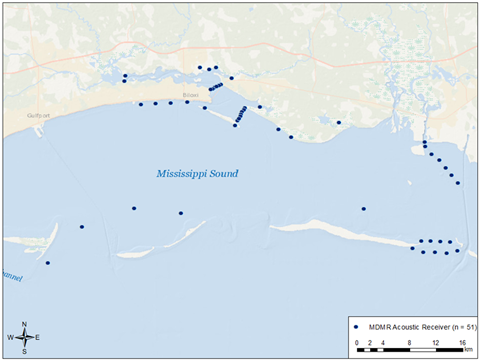
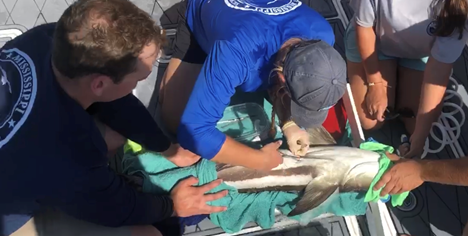

ASSESSMENT OF SPORTFISH IN COASTAL WATERS
FLOUNDER
Flounder tagging efforts are being conducted by Marine Fisheries staff in Biloxi Bay with additional projects in the Pascagoula River estuary and cooperative efforts from The University of Southern Mississippi’s Gulf Coast Research Laboratory in St. Louis Bay. Each fish is being tagged with an external acoustic transmitter in the mid-dorsal area and a dart tag near the tail. Tagging efforts commenced late August 2021 and will continue until all acoustic transmitters (n=60) are deployed. Currently, MDMR has affixed acoustic transmitters to a total of 41 flounder, ranging in size from 12 to 19 inches total length. Of these, 20 flounder were tagged and released in Biloxi Bay, and 21 in the Pascagoula River estuary. For this project, we are targeting flounder that have reached sexual maturity which, for flounder in Mississippi waters, is approximately around 12-inches total length. Additionally, most acoustically tagged individuals are likely female due to the nearshore coastal environments we are sampling and the nature of mature males to remain in offshore waters. The goal of this project is to monitor seasonal spawning emigration of flounder from the estuaries to offshore waters and immigration patterns returning to coastal estuarine habitats and determine if flounder return to their natal basins post spawning.


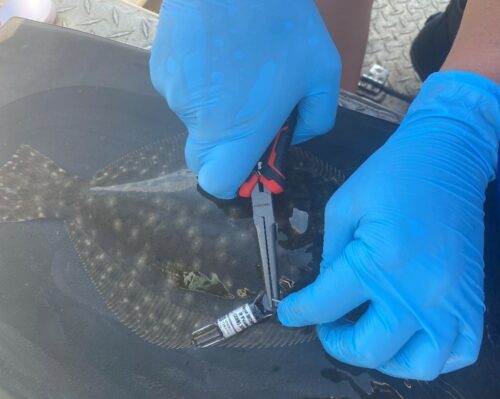
ASSESSMENT OF RED DRUM
The goal of this project is to provide data about age-3 to age-5 Red Drum in Mississippi coastal waters to better understand escapement rate, length-at-age, age-at-maturity and describe movement and habitat utilization at early life stages. Movement and habitat utilization are tracked by acoustic tags attached to juvenile, sub-adult and adult red drum inside and in proximity to the Back Bay of Biloxi. These acoustic tags are placed in the stomach cavity and set to send out signals every minute. A blue external dart tag is placed under the dorsal fin. The location of a tagged fish is recorded every time the fish swims in proximity of the acoustic receivers that make up the array.
The Mississippi Department of Marine Resources (MDMR) has tagged 45 Red Drum in Biloxi Bay. If a tagged fish is caught, anglers are encouraged to release the tagged fish. However, no regulations prohibit keeping a legal tagged fish. Anglers are requested to report the location of the catch and length of the fish. To report a tagged fish, please call the MDMR Sport Fish hotline number at 844-704-2359 or the MDMR office at 228-374-5000.
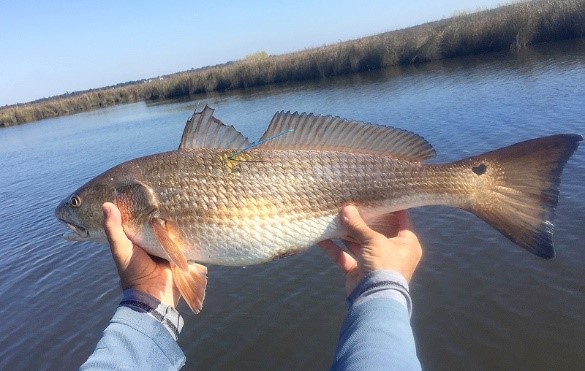
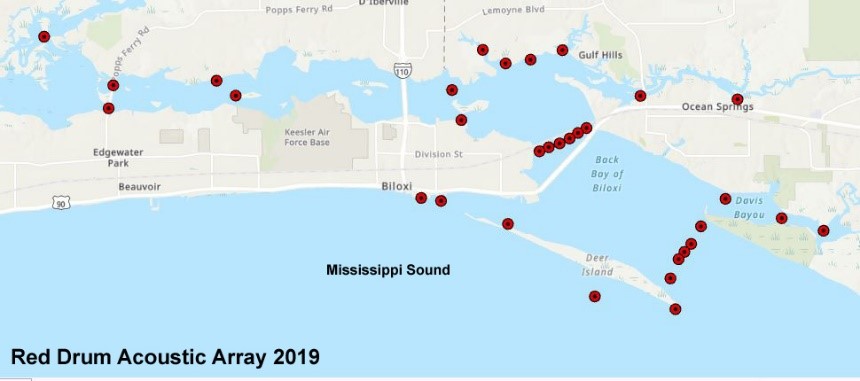
MISSISSIPPI COASTAL SPORT FISH STUDIES
This project provides scientific information necessary for sound management of selected recreational species occupying Mississippi coastal waters. The information obtained provides an assessment of population dynamics and an annual index of abundance for Spotted Seatrout, relative abundance and age structure of Red Drum, and abundance, distribution and movement data on coastal shark species. This project is led by the Gulf Coast Research Laboratory.
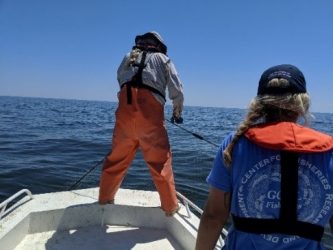

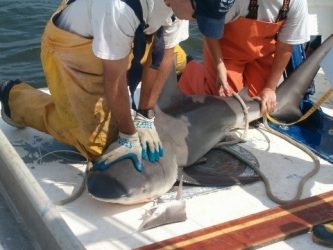
SPORT FISH TAG AND RELEASE
This study provides scientific information on important finfish species which support Mississippi’s economically important saltwater recreational fishery. Coordination with volunteer anglers allow for tagging large numbers of Cobia, Tripletail, Red Drum and Spotted Seatrout. The study contributes significantly to the understanding of the seasonal movements of those sport fishes. This project is led by the Gulf Coast Research Laboratory.
Anglers interested in tagging any of the target species should contact GCRL at 228-818-8818 or dyan.gibson@usm.edu to request the free tagging kits. The following link provides more detail on the tag and release program: gcrl.usm.edu/fisheries_center/docs/tag.release.program.2008.pdf.
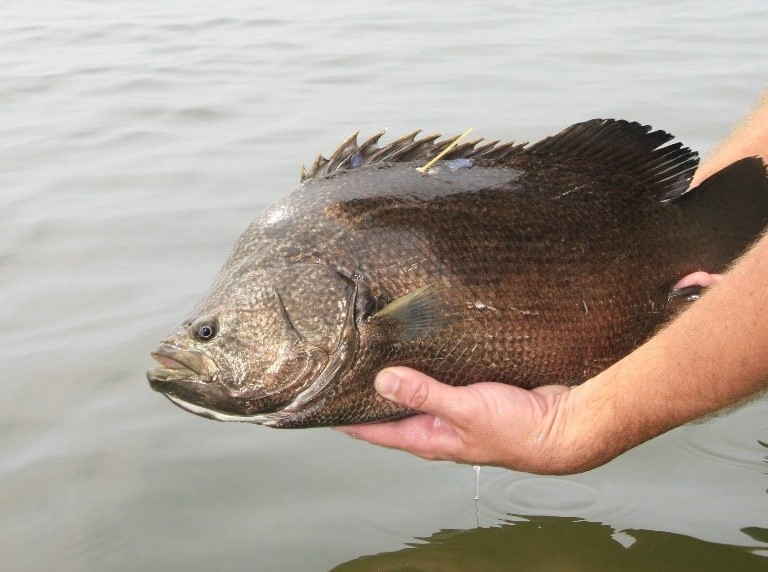
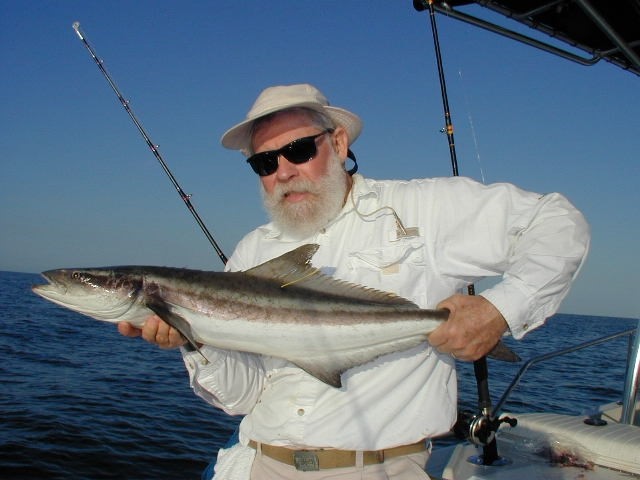
MISSISSIPPI ARTIFICIAL REEF PROGRAM
This project works to enhance recreational fishing opportunities, recreational diving opportunities and improved habitat for targeted reef fish and inshore species. Artificial reefs provide productive habitat which, in turn, increases fish production and angler opportunities. Since the establishment of the program, 67 inshore reefs, 15 offshore reefs and eight rigs to reefs have been created to support important marine species.
Maps of inshore and offshore reefs can be found at dmr.ms.gov/artificial-reef.
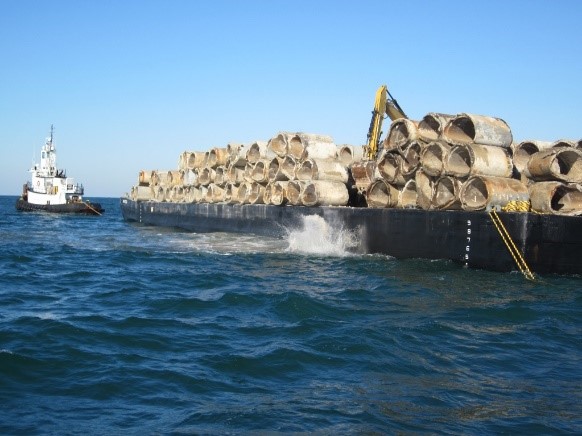
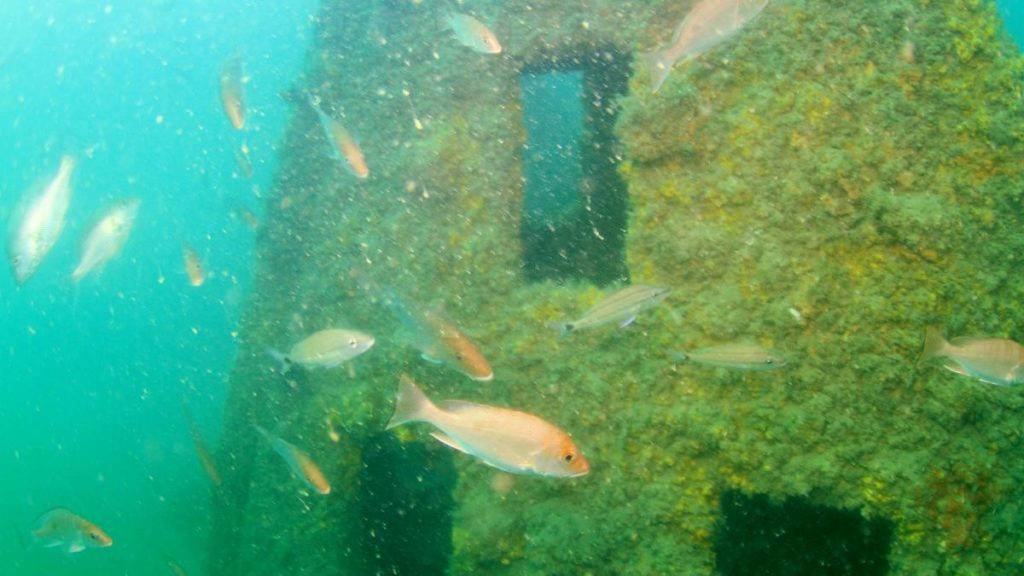
For more information on Mississippi’s Marine SFR Programs please contact:
- Trevor Moncrief, Deputy Director, Finfish Bureau
- (228) 523-4104
- Melody Chaplin, Sport Fish Restoration Coordinator
- (228) 523-4087
